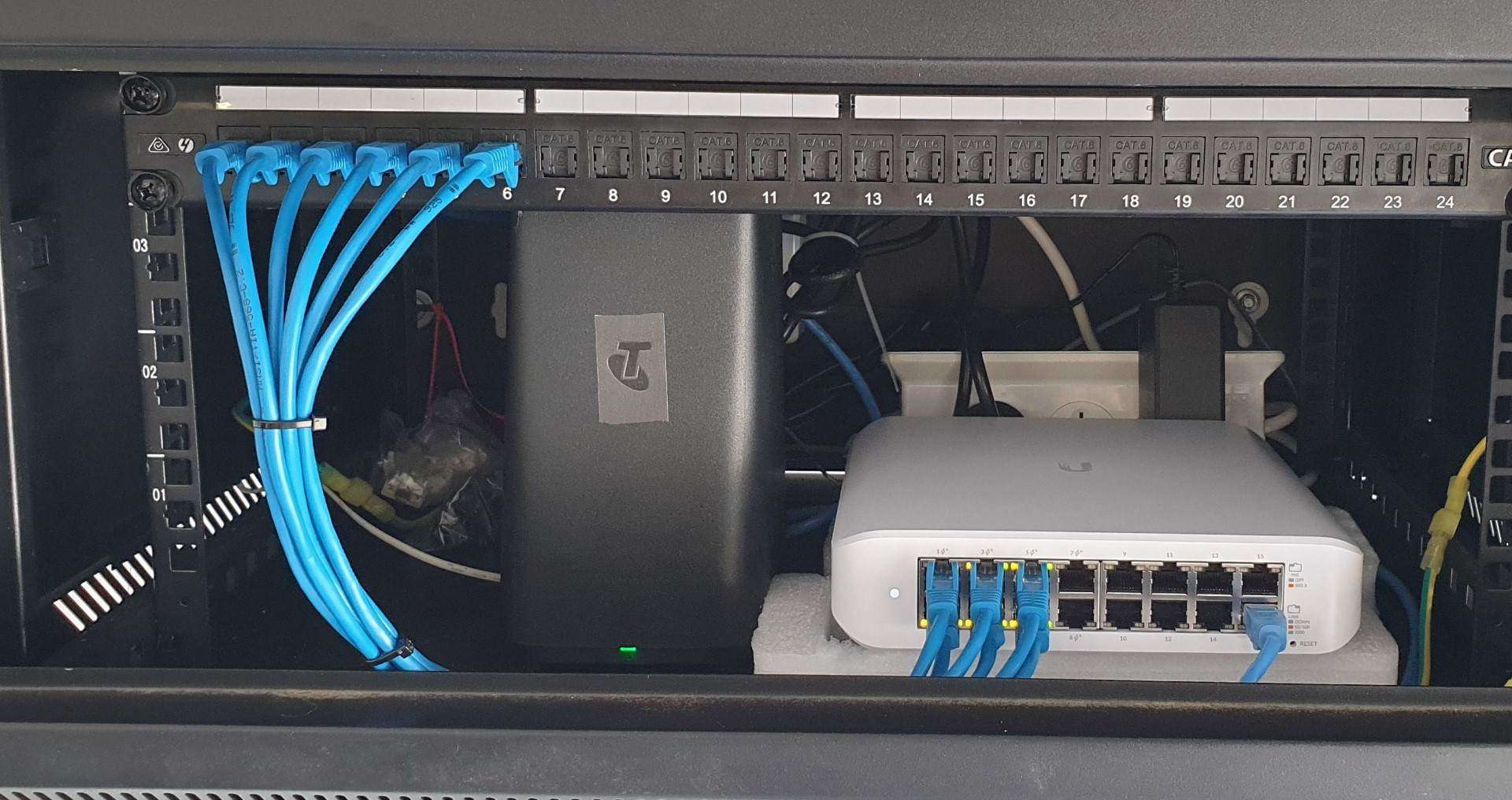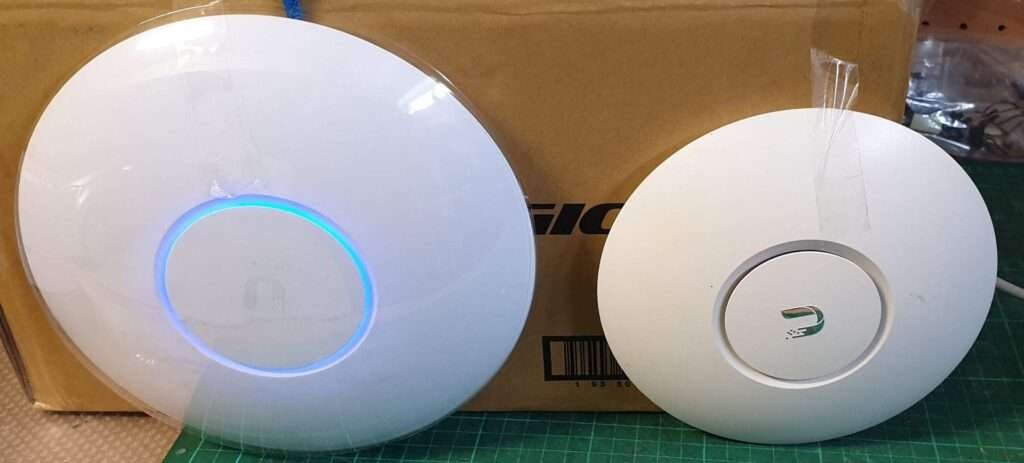What is WiFi 7?
Wi-Fi 7, also known as 802.11be, is the next generation of Wi-Fi technology. It’s a significant leap forward in terms of speed and performance. Here’s what you need to know:
Lightning-Fast Speeds: Wi-Fi 7 offers nominal peak data rates of over 40Gbps, which is more than four times faster than Wi-Fi 6 and Wi-Fi 6E. Even Wi-Fi 5 (802.11ac) is left in the dust, maxing out at 6.9Gbps.
Reduced Latency: Wi-Fi 7 employs new technologies to reduce latency, making it ideal for applications like virtual reality (VR) and low-latency gaming.
Increased Network Capacity: It can handle more simultaneous connections, making it suitable for homes and offices with multiple devices.
Backward Compatibility: Wi-Fi 7 devices will work with Wi-Fi 6, Wi-Fi 5, and older standards, but to unlock its full potential, your client devices need support for 802.11be.
In the ever-evolving world of wireless technology, Wi-Fi 7 is emerging as the next big leap forward. Officially known as IEEE 802.11be, Wi-Fi 7 is set to redefine the standards of wireless connectivity with its promise of extremely high throughput (EHT), potentially delivering nominal peak data rates of more than 40Gbps. This represents a significant advancement over its predecessor, Wi-Fi 6, which itself is capable of maximum data rates of 9.6Gbps.
What sets Wi-Fi 7 apart is not just its astonishing speed, but also its ability to handle more connected devices with lower latency, thereby increasing network capacity and boosting efficiency. These improvements are crucial in an age where the number of devices per household continues to grow, and the demand for seamless, high-speed connections is at an all-time high.
Wi-Fi 7 achieves these feats by employing new technologies such as wider 320 MHz channels, higher-order 4K-QAM, and Multi-Link Operation (MLO), which allows simultaneous transmission across multiple bands or channels to optimize performance and reliability. This means that activities like virtual reality (VR) experiences, low-latency gaming, and high-quality video streaming will benefit greatly from the enhanced capabilities of Wi-Fi 7.
Despite the excitement surrounding Wi-Fi 7, it's important to note that the full potential of this technology won't be realized until compatible devices and infrastructure become widely available. As of early 2023, the development of Wi-Fi 7 is still ongoing, with router manufacturers like TP-Link announcing their upcoming Wi-Fi 7 gear. It is anticipated that by 2024, Wi-Fi 7 will be more commonly adopted, changing the way we connect to the internet and each other.
The backward compatibility of Wi-Fi 7 with older standards ensures a smooth transition for users as they upgrade their devices. However, to unlock the full potential of Wi-Fi 7, client devices will require support for the new specification in their circuitry.
As we look to the future, Wi-Fi 7 stands as a testament to the continuous innovation in wireless technology, promising to deliver a faster, more reliable, and more efficient networking experience. It's an exciting time for both consumers and industry professionals alike, as we stand on the cusp of a new era in connectivity. Stay tuned for more updates as Wi-Fi 7 moves from concept to reality.
The Evolution of Wi-Fi: From Wi-Fi 6 to Wi-Fi 7
As we navigate through the digital age, the demand for faster and more reliable internet connectivity has never been greater. Wi-Fi 6, also known as 802.11ax, made significant strides in meeting these demands by providing increased speeds and efficiency. However, the technological landscape is ever-evolving, and with it comes the advent of Wi-Fi 7, or 802.11be, which promises to take wireless connectivity to new heights.
Wi-Fi 6 introduced us to higher data rates, increased capacity, and performance in environments with many connected devices. It operates on both the 2.4 GHz and 5 GHz bands and offers speeds up to 9.6 gigabits per second (Gbps). The subsequent introduction of Wi-Fi 6E added the 6 GHz band to the spectrum, providing more bandwidth and reducing interference, albeit with a shorter range due to the higher frequency.
Wi-Fi 7 is set to build upon the foundation laid by Wi-Fi 6 and 6E, offering even more remarkable improvements. One of the most significant enhancements is the introduction of Extremely High Throughput (EHT), which allows Wi-Fi 7 to support theoretical speeds up to 46 Gbps, nearly five times that of Wi-Fi 6E. This leap in speed is facilitated by the use of wider 320 MHz channels and higher-order 4096-QAM modulation, enabling more data to be transmitted with each signal.
Another key feature of Wi-Fi 7 is its Multi-Link Operation (MLO), which allows devices to transmit data across multiple frequency bands simultaneously or switch dynamically between them. This not only improves the connection quality and reliability but also reduces latency, making Wi-Fi 7 an ideal choice for applications requiring real-time responsiveness, such as gaming or virtual reality.
The benefits of Wi-Fi 7 extend beyond speed and latency improvements. It also increases network efficiency and capacity, allowing more devices to connect without compromising performance. This is particularly important in our increasingly connected world, where the Internet of Things (IoT) is becoming more prevalent, and homes and businesses are seeing a growing number of Wi-Fi-enabled devices.
Despite these advancements, Wi-Fi 7 hardware is currently expensive and not as widely available as Wi-Fi 6E devices. As the technology matures and becomes more mainstream, we can expect the costs to decrease, making Wi-Fi 7 more accessible to the average consumer.
In conclusion, Wi-Fi 7 is not just an incremental update but a significant leap forward in wireless technology. It promises to deliver faster speeds, lower latency, and improved reliability, catering to the burgeoning needs of modern internet users. As we await the widespread rollout of Wi-Fi 7, it's clear that the future of wireless connectivity is bright and brimming with potential.



